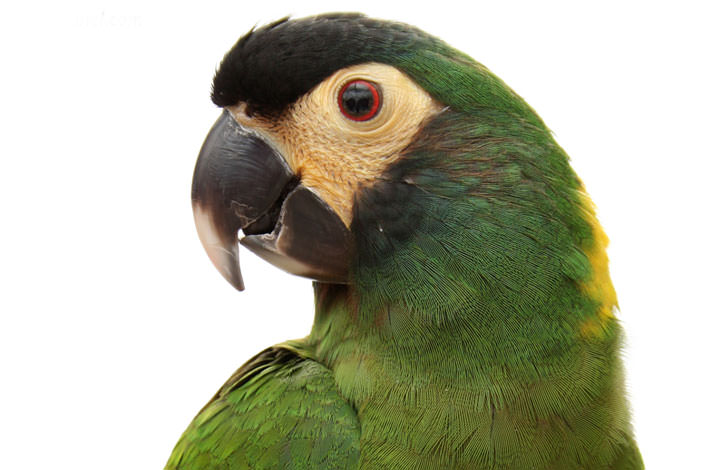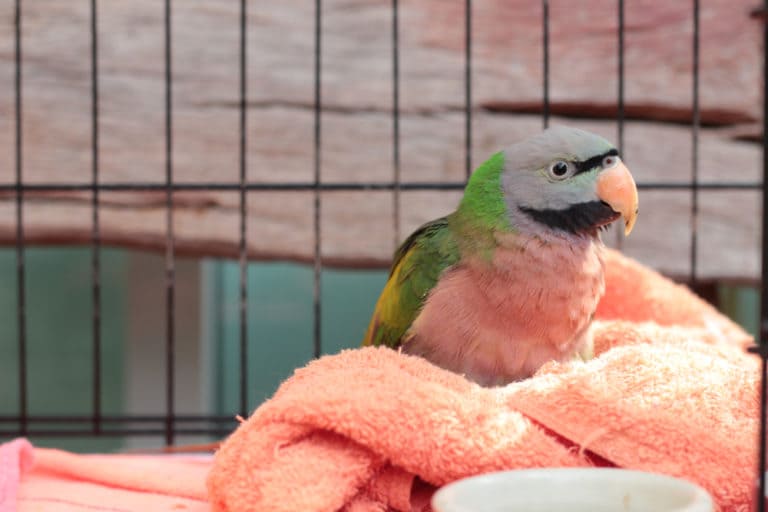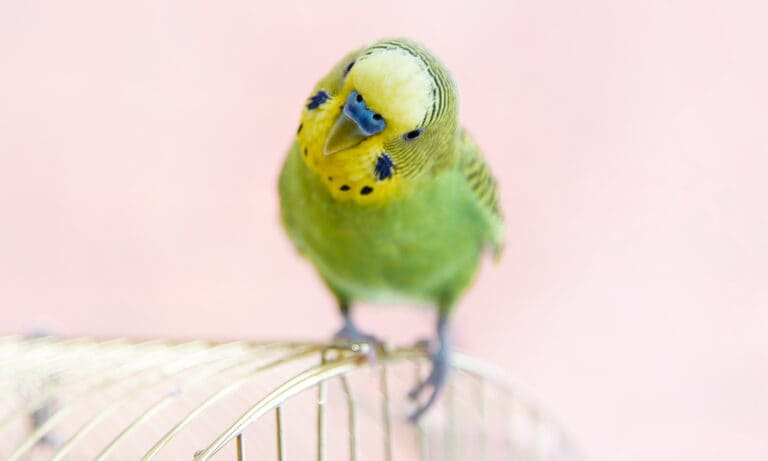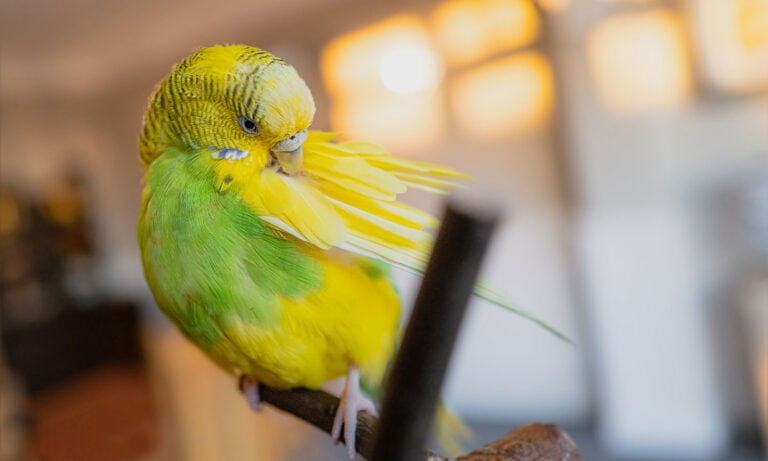A wide number of health problems can impact a bird’s beak, either directly or indirectly. The most commonly seen by veterinarians are:
1.Trauma
Birds can injure their beaks as a result of fighting between other birds; falling onto hard floors; chewing on electric cords; flying into windows or ceiling fans; and their beak becoming trapped between cage bars. These injuries can result in fractures to the beak, puncture wounds or avulsions (the beak becoming partially or completely torn off the face). Beak injuries are almost always emergency situations that require immediate attention from a veterinarian.
2. Abnormal Beak Growth & Development
Some baby birds develop beak abnormalities. These can include an overgrown beak, where either the upper or lower beak grows too long; a scissor beak, which is a lateral deviation of the upper and lower beaks; and mandibular prognathism (parrot underbite), which is a condition wherein the tip of the rhinotheca rests on or inside the gnatotheca. These can be caused by genetics and nutritional deficiencies during development. Often these conditions can be fixed with dental appliances, which work similar to human braces to straighten out the beak and correct bites.
3. Cancer
Birds can develop cancer on their beaks, primarily squamous cell carcinoma and melanoma. This can manifest itself as erosion, discoloration and masses on the beak. If caught early, tumors on the beak can normally be removed surgically.
4. Nutritional Deficiencies
Liver disease from excess fat and poor nutrition in the diet can cause overgrown and scaly beaks. Lack of calcium and vitamin D can cause soft, rubbery beaks, mostly in smaller birds such as cockatiels. The solution is simple: get the bird on a proper diet, and, in time, these symptoms can usually be reversed.
5. Infectious Diseases
Many viral, bacterial, parasitic and fungal pathogens can directly infect bird beaks or infect another part of the bird’s body and cause secondary problems to the bill. Some biggies here include scaly leg and face mites, psittacine beak and feather disease (PBFD) and avian pox. The bacterial and fungal diseases are usually successfully treated with antibiotics or antifungal medications. The key to treating any of these conditions is careful observation and quick action on your part. If you notice anything unusual about your bird’s beak, contact your veterinarian immediately. The sooner you address the problem, the sooner your bird will be treated and the more likelihood of a good prognosis.
Posted By: Chewy Editorial
Featured Image: Gina Cioli/Lumina Media
Share:









